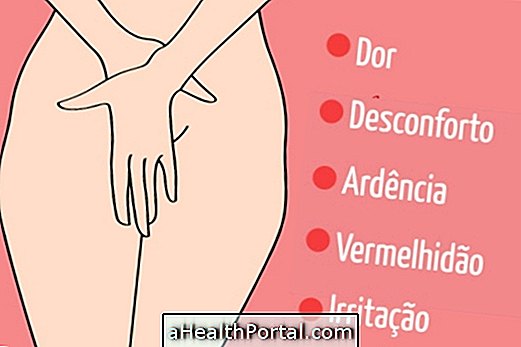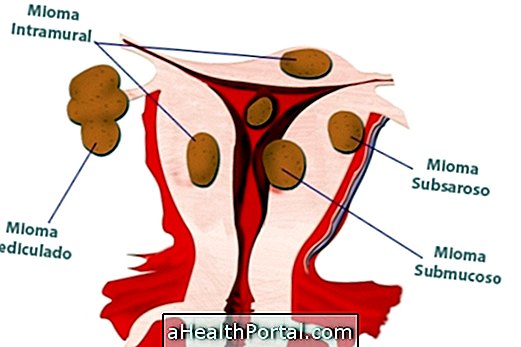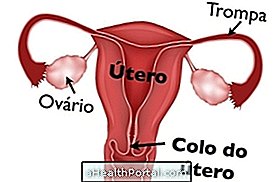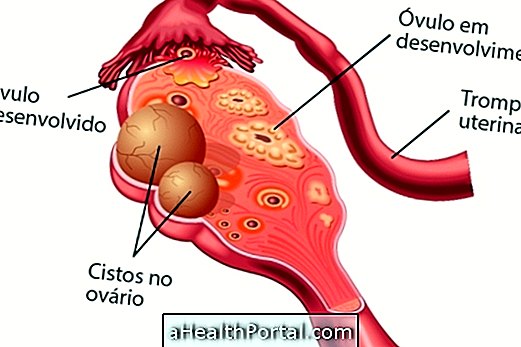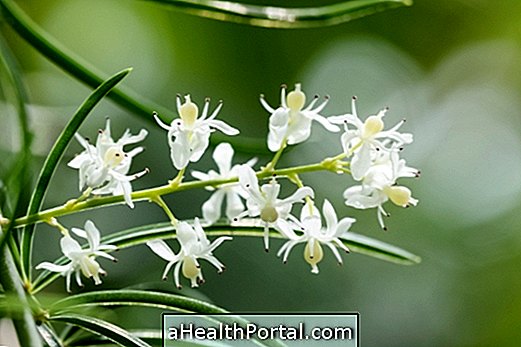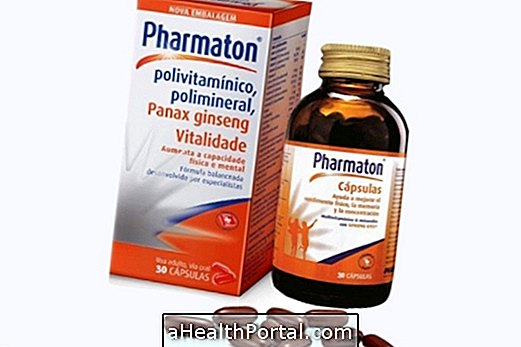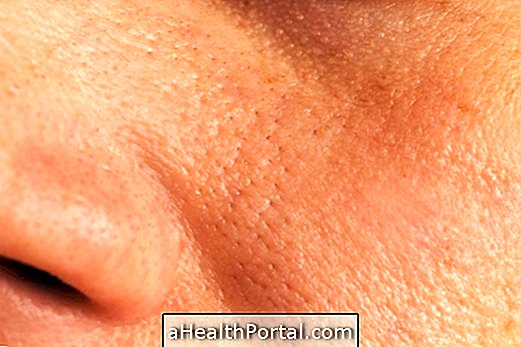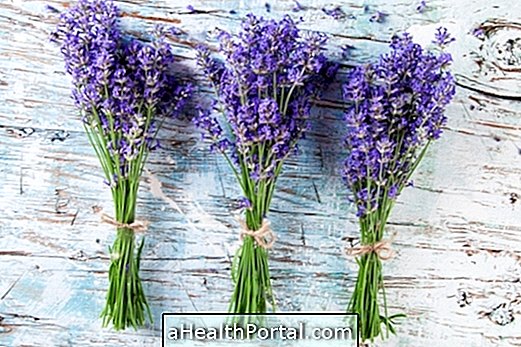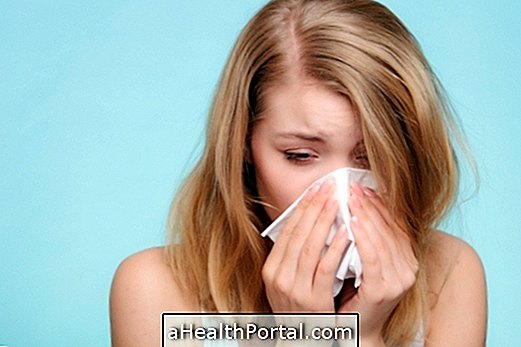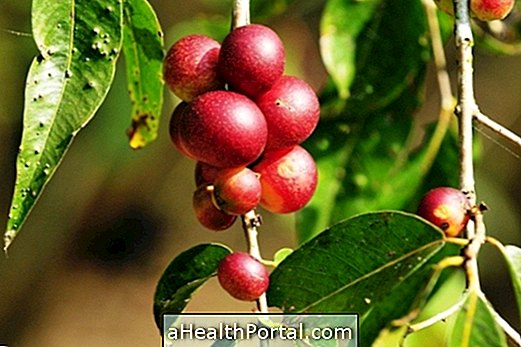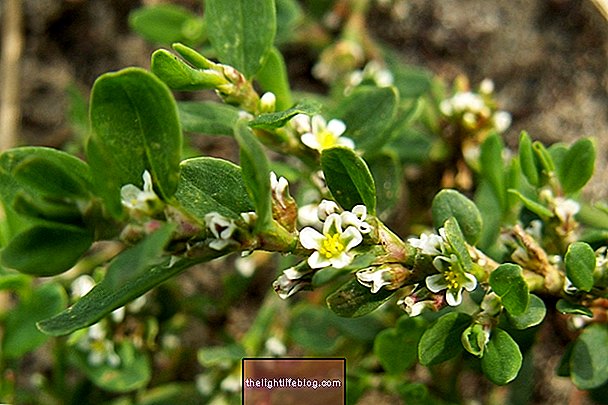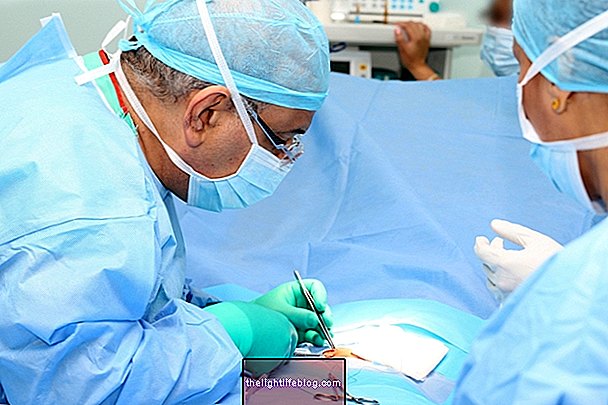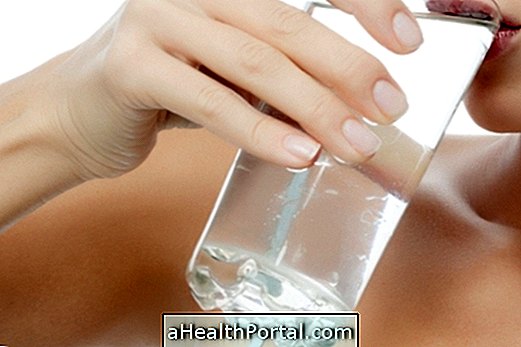Treatment for vulvovaginitis depends on the cause that is causing inflammation or infection of the woman's inner area. When this situation is recurrent, it may be necessary for the patient to inform their gynecologist to create a personalized treatment plan.
Antibiotics such as amoxicillin and cephalosporins are commonly used to combat common vaginal infections, such as bacterial vaginitis, even during pregnancy . One of the symptoms of vulvovaginitis is green discharge, which may be accompanied by other symptoms such as irritation, itching, redness, unpleasant odor, discomfort or burning sensation when urinating.
Treatment for vulvovaginitis by candidiasis
The treatment for vulvovaginitis by candidiasis varies according to the type of candidiasis that the woman presents. In some cases, when the woman has no symptoms, treatment is unnecessary. If the picture is simple but symptomatic candidiasis, usually oral medicines such as fluconazole, ketoconazole, or vaginal ointments such as clotrimazole or miconazole are used. In cases of more severe candidiasis, the treatment with the most effect is the use of antifungals for 4 weeks, baking soda bath and the application of nystatin in the intima.
Here's a good home remedy that can complement this treatment.
Treatment for non-specific vulvovaginitis
Treatment for nonspecific vulvovaginitis is usually initiated with improved hygiene conditions because the cause of the disease is not known. It may also be recommended not to wear tight clothing, knitwear and even rubber pants. The use of cosmetics and chemicals in the intima is also contraindicated. If these tips do not result in improvement, the woman should seek a gynecologist to evaluate the symptoms and diagnose the cause of vulvovaginitis.
Treatment for childhood vulvovaginitis
Treatment for childhood vulvovaginitis is similar to that used for adult women. However, there are factors specific to children that prevent the onset of vulvovaginitis, such as:
- Frequently change the child's diaper;
- Leave, whenever possible, the child without a diaper;
- Keep the skin of the child's inner area dry;
- Use barrier creams, such as zinc and castor oil, in the intimate region.
In case the child develops a rash it may be more likely to undergo a colonization by Candida that can lead to the appearance of vulvovaginitis.
